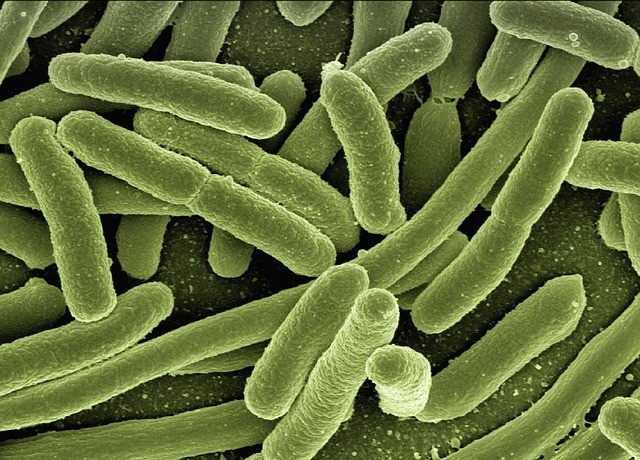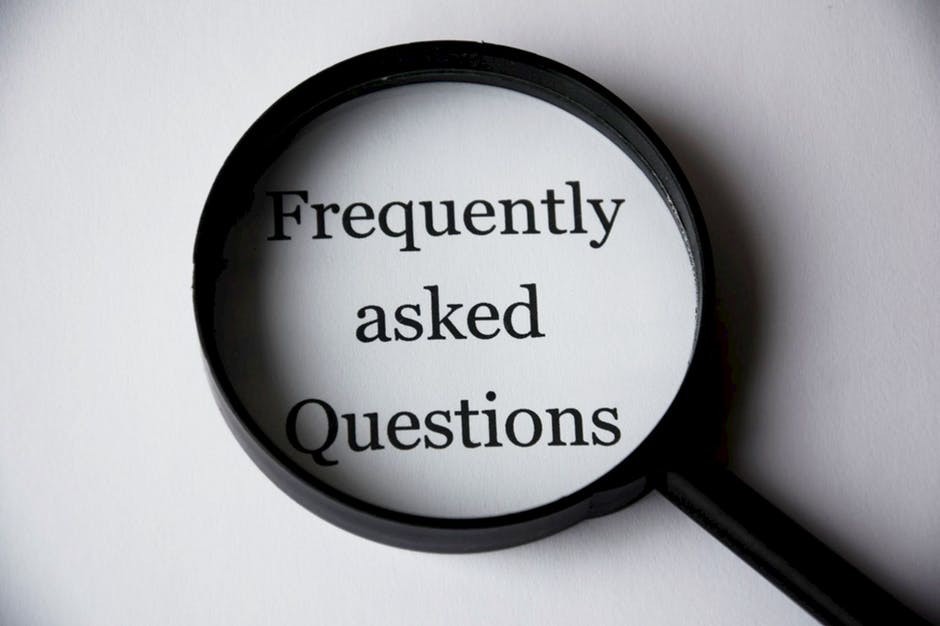In this article, I have decided to cover the most frequently asked questions about the water filters that you might have. I understand that it might be so confusing and hard when it comes to the selection of the right water filter.
You have so many questions and so little answers, but no worries, in this article I will make everything clear, so let’s go.
Table of Contents
I Want To Install a Water Treatment System. Where Do I Start?
I would definitely start with the complete comprehensive analysis of your water source.
Just a simple example. When you feel the pain in the abdomen you can do two things, which would it be?
You can either run in the pharmacy and buy yourself a medicine recommended to you by your family, friend, or merely fall for advertising.
The second thing you can do is to have an appointment with a doctor, maybe do some blood analysis or any other analysis, and finally get appropriate treatment. I am definitely a supporter of the second approach.
We can apply the same logic to the water treatment. Based on the water analysis that took into consideration the parameters of your house and location, specialists will recommend you a suitable system. Don’t be surprised when you get questioned on the number of taps, baths or toilets in your home, and amount of people that lives in there.
Believe me, it is not just a curiosity. All of this is essential information to know in order to select a optimal system.
How Much Does The Water Treatment System Cost?
This is probably the first thing that comes to most people’s mind. How much should I pay for water filter?
Unfortunately, no one will be able to answer this question unambiguously. Without having proper information on the source of water supply, the technical state of the pipeline system, information on the performance of water purification system at the source, expected daily and monthly water consumption, it is hard to answer this question.
Most importantly, the type of water treatment system and the type of cartridge itself plays a significant role in cost estimation. These should be based on the water quality that comes out of your house taps.
For this reason, the price of water filters even if they have the same capacity might vary. For example, two filters might remove the same amount of iron, but they remove a different amount of other contaminants.
This is why the most critical information you need when selecting a filter are results of chemical analysis of your home water.
Water treatment specialists will not guarantee the quality of water purified by their systems without the source analysis.
Generally speaking, the more information you have, the more precise is the estimated cost and treatment type.
Do I Need Water Filter At All?
Obviously, this question can answer itself when the water that comes out of your tap is muddy, has a brownish color and strange smell.
It is much more difficult when the water seems to be “normal” by all signs – like there is nothing to be worried about.
Even outwardly safe water can contain such a bunch of dissolved and undissolved impurities, that makes it unsafe to use. You can judge the quality of water only after the complete chemical analysis.
After this, you can make an informed decision on whether you need a filter or not.
How Big Area Is Required to Install The Filter?
This depends on the type of filter and required performance of the equipment. In general, an area of 1.5-2 m² or 16-21 ft² should be sufficient enough. So, roughly 1.5 m in length along the wall and about 1 m width for easy maintenance.
How Often Do I Need To Change The Filter?
In compliance with the manufacturers’ rules and manuals, the material can serve on average of 3-5 years. The service lifespan of the cartridges is anywhere between 2-6 months depending on the quality and volume of the purified water.
The reverse osmosis filter might serve you for up to 24 months. Personally, I would change it every 12 months or even sooner, based on your water quality.
Is Water After Reverse Osmosis Filtration Good or Harmful For Drinking?
Is it true that water filtered by reverse osmosis is harmful to health as it does not contain trace mineral elements that are necessary for human’s body? This is the question I hear from different people often, so let’s make it clear.
First, today there is not enough reliable evidence that confirms or disproves this hypothesis about the impact.
Second, dissolved mineral substances in water are considered as inorganic salts. These cannot be absorbed by the human body anyway. Moreover, inorganic salts of calcium and magnesium, contribute to the sedimentation of salts in the body.
Third, a body receives roughly 6-8% of the daily requirement of beneficial minerals, from the water. These are the figures that experts agree on. But even this can be confirmed by making a simple calculation.
Let’s take a favorite mineral bottled water called Evian. The 500 ml bottle contains 40 mg of Calcium and 10 mg of Magnesium. So, if you drink three bottles to cover your daily water intake, you will get 120 mg of calcium and 30 mg of magnesium.
The recommended daily intake of these minerals is 1200 mg of calcium or even more for pregnant and lactating women, and 400 mg of magnesium for men and 300 mg for women.
So as you can see you are getting only about 8-10% of the needed amount from the water. Therefore, the fact that you use reverse osmosis to filter the water doesn’t make any significant impact on your overall mineral intake.
However, I recommend you to use additional remineralization stage with your RO system. Even though it will not cover your daily intake of minerals, it will affect the taste of water as well.
You can have a look on RO filters that I recommend in my other article.
What Should Be Purified Out of Water?
People usually believe that it is enough to purify water from sand, rust and other sedimentation to obtain clear, colorless water and everything is sorted.
Some understand that this is not enough, but don’t know what else needs to be done to capture something that is not visible at first sight.
Therefore, people are sometimes surprised that invisible substances can be removed as well. But what those substances are?
Water Hardness
Hardness is determined by the amount of calcium and magnesium salts dissolved in water. High concentration can create sediment on the bottom of the glass and leave white spots on various surfaces that come in contact with hard water
Apart from that hard water slowly destroys all your appliances such as dishwashers, washing machines, kettles or boilers.
Smell and Aftertaste
The presence of an unpleasant aftertaste, odor and color are usually known as organoleptic indicators. These can be indicated by the organic substances present in water such as chlorine, sulfide, and others.
Bacteria

I believe that this is one of the most dangerous contaminants that can be present in water. Lots of them can be a direct threat to human health and life, but even a relatively safe bacteria can emit organic substances that can chemically react with other organic compounds in water and as a result, create poisonous and carcinogenic substances.
Wrap Up
I hope you have enjoyed this FAQ article and found what you have been looking for. I will update this article as more questions come through so, the ultimate goal is to create a long post with all the answers you want.
If you have more questions that you would like me to answer, please feel free to leave them in the comment section below. I will select the most interesting and relevant ones and add them to this post.
On the side note, you can also have a look on some of my other articles on how to remove different contaminants out of the water when you don’t have a filter yet.
If you have found what you have been looking for, feel free to share it with your friends and family on social media and other channels.


